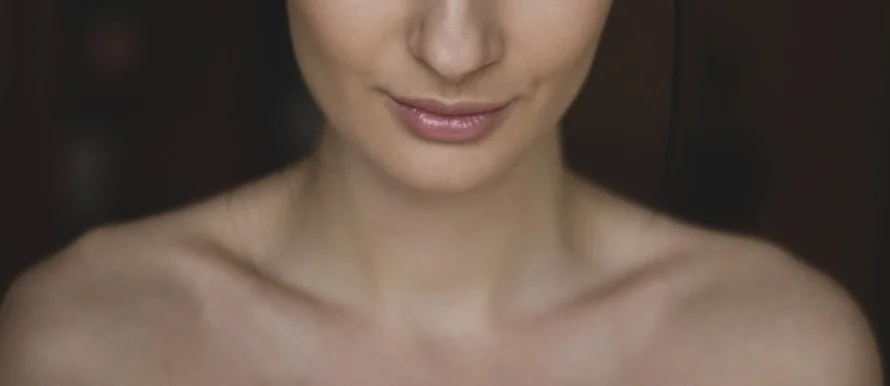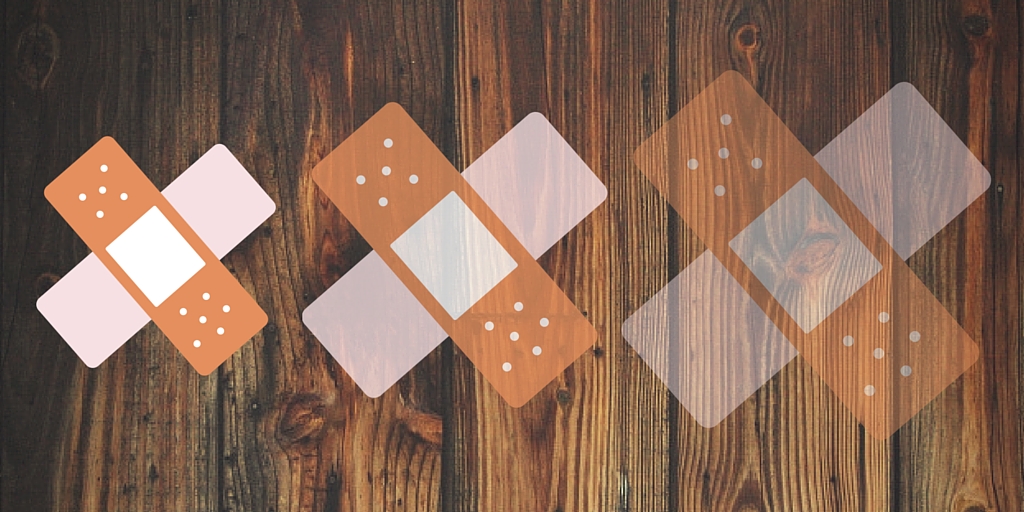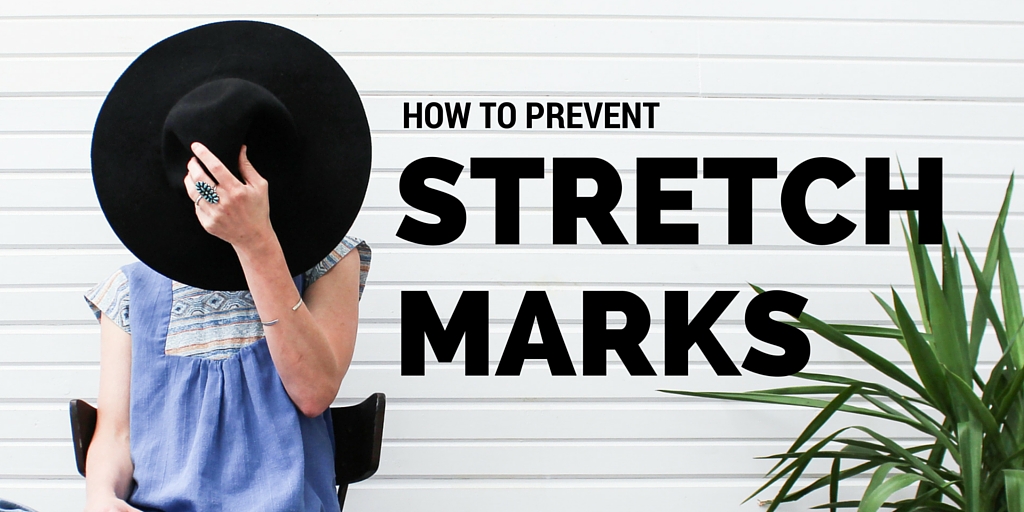We’ve all struggled with scars at some point in our life. They’re the one thing that seems to affect everyone, regardless of race, age, gender, or ethnicity. The good news is that as a general rule, the appearance of scars improves over time. They start out thick and pink and then shrink and fade to a whiter color over a period of months or even years. For most of us though, that’s not soon enough.
Here’s why skin scars in the first place: most scars form as a result of an abnormal formation of collagen in the skin after you’re injured. It’s a stress response that’s actually vital to the skin’s strength. While it’s great to know that our scars are a sign of healthy skin strength, that doesn’t mean we still have to love having them. Although some people don’t mind their scars, there are many of us who are constantly looking for ways to rid ourselves of them. Luckily there are quite a few treatment options out there!
One of the first types of scar treatments, and possibly the most common, are over-the-counter treatments. ScarAway® is a type of silicone gel sheeting and it’s particularly helpful for treating older, thick scars. It’s applied to the scar for eight to 24 hours per day, but keep in mind that it may take several months to notice any improvement. Mederma® is another over the counter treatment option that consists of a combination of onion extract and allantoin, and it helps make new and existing scars less conspicuous. You apply the gel three to four times a day for eight weeks for new scars. For scars that are pre-existing, try applying it three to four times daily for up to six months.
While you’re at the pharmacy or drug store, you may reconsider and select a more natural scar treatment solution like the application of cocoa butter or vitamin E in oil or cream form. Natural scar treatments like these are great at keeping scars soft, and although there’s no scientific evidence that using these lessens the appearance of scars, they could help keep scar tissue from forming.
A few homeopathic remedy alternatives may be a challenge to pronounce but could be worth looking into. From sulphur to Calcareaphosphoricum, homeopathy is individualistic and holistic. It’s based on your medical history, your physical and emotional constitution and your ethnicity, among other considerations. Like all remedies, none of these should be taken without professional advice and guidance.
Some acne may leave scarring and treatments for those scars range from topical medications and prescriptions to more rigorous options like chemical peels. The best path to take for diminishing or removing acne scars depends on the type and severity of your acne. Dermabrasion or chemical peels have been used as a more severe acne scar treatment. Dermabrasion involves “sanding” the face using a rotating brush. Chemical peels remove the top surface or layer of the skin with a high-potency acid.
Laser scar treatment can help with raised, thick or red scars. Fraxel (Solta Medical) is a brand of fractional laser used for skin resurfacing, which smoothes out rough, bumpy scars and runs about $300 to $500 per treatments for a small area and requires at least three procedures.
Scars can be a hassle, but there are tons of treatments options out there for people looking to get rid of their scars. Make sure to do your research well and understand the different options available to you before you make any purchasing decisions.
Written by: Cindy Stephens





